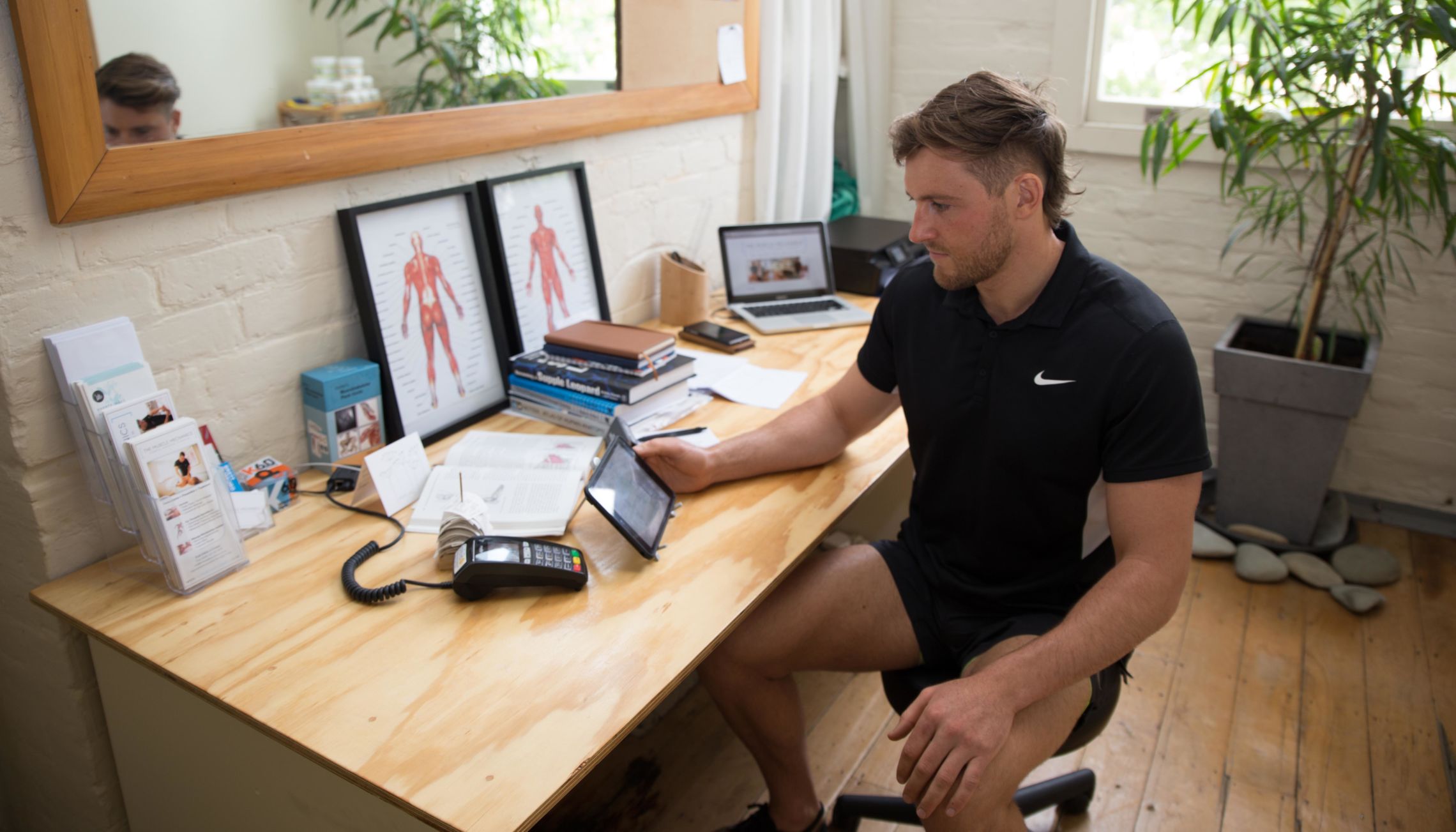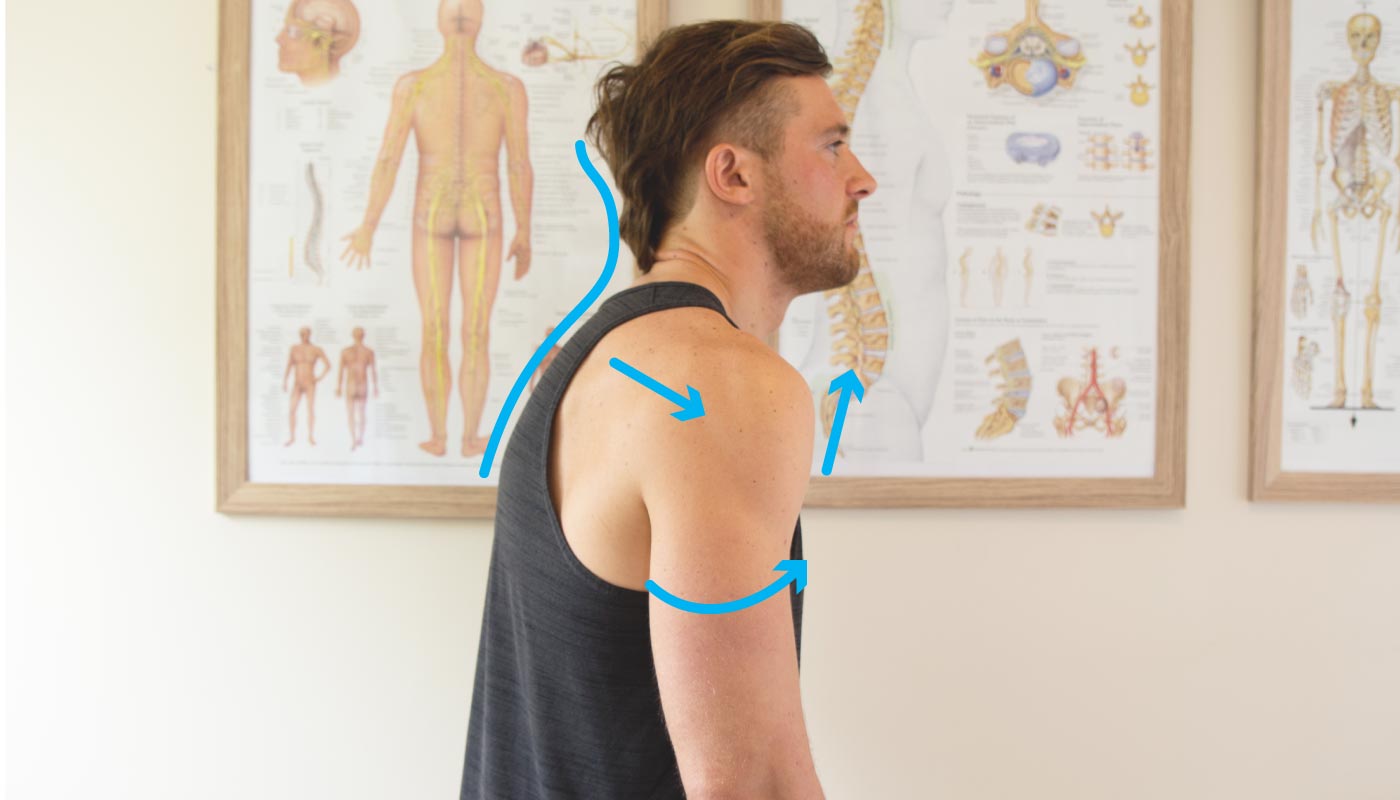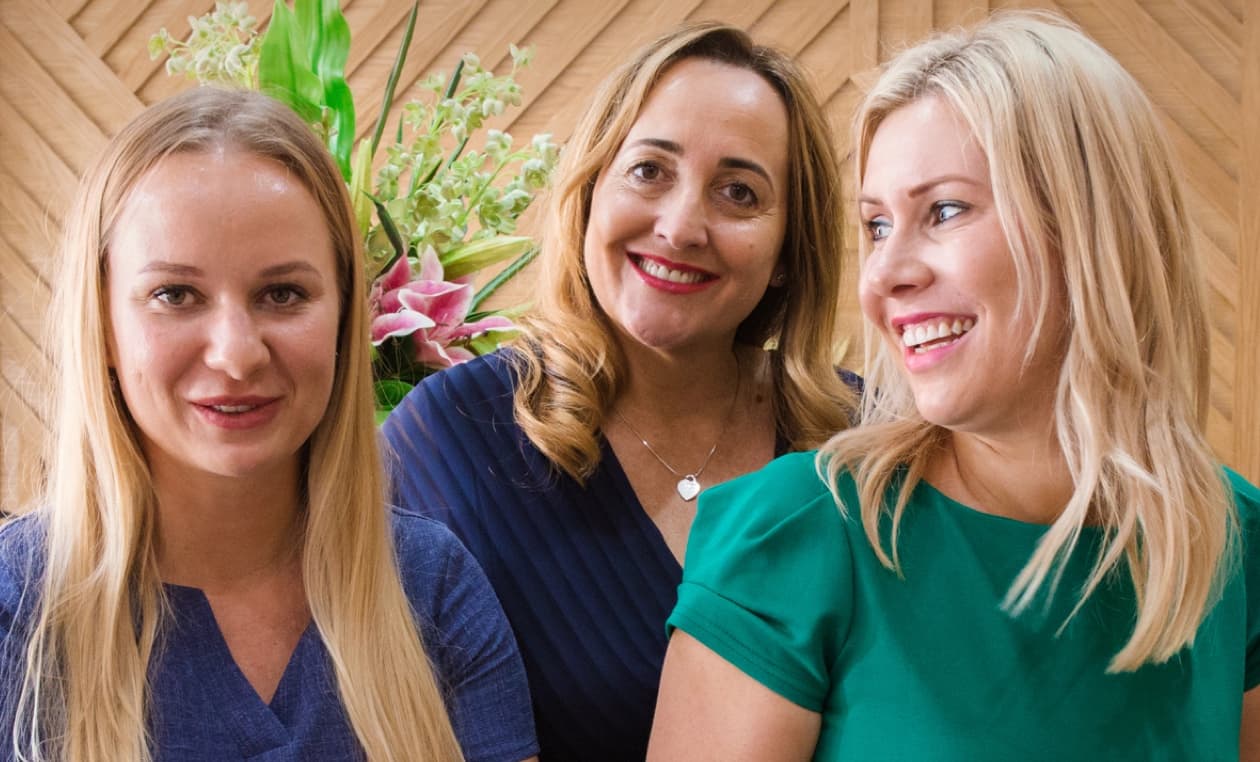Postural tips for hairdressers, massage therapists and physios

Theo Wallis, owner of The Muscle Mechanics in Dunedin, sees a lot of people with back, shoulder and neck pain. He’s put together some tips on how to avoid the aches and pains that so often come along with standing over clients.
At The Muscle Mechanics, our job is to improve the lives of our clients through restoring functional movement and correcting skeletal positioning.
It seems too simple, but virtually all the upper-body pains and injuries we see stem from poor shoulder positioning. This is especially true for people who do a combination of “standing over client” work, like beauty and massage therapists, physios, and hairdressers. Office workers who sit for long stretches and tend to hunch over keyboards or laptops are prone to these issues as well.
So, what does poor shoulder positioning actually mean?
Recognising the problem
To combat poor positioning, we first have to know what it is. If we recognise when we’re committing poor posture sins, we’ll be able to adjust.
Here’s an example of some common poor positioning:

Notice how the shoulders are rounded forward and the upper back is overly hunched. The skull tilts back in order to keep the eyes forward. This is pretty standard poor posture.
Your health professional might throw around technical terms like “thoracic kyphosis,” “upper crossed” or “shoulder joint dysfunction”. What you need to know: all of those can be translated to poor shoulder positioning.
If we want to get technical and break down the skeletal mechanics of this position, here’s what we’re looking at: the shoulder blades are slipping away from the spine; the humerous (upper arm bones) are sitting forward and are internally rotating in their socket; the pectorals, rotator cuff muscles and sub-scapularis are getting stuck in a shortened position; and the spine is not stacked, making for a very heavy head.
This is an inefficient position for your body. You’ll pretty quickly see some of the symptoms associated with poor shoulder posture, such as:
- Neck and back aches and pains
- Tension headaches
- Fatigue
- Nerve impingements
- Poor sleep
- Limited range of motion in gym/sport/exercise
- Easily injured neck and shoulder
Why does this happen? Because we haven’t been taught any better.
Humans come with an incredible system of hardware, but most of don’t use our bodies in the way they were designed to be used. Many of us are not moving enough.
Practice makes permanent with our soft tissues, so if we never use our full range of motion, it’s easy to get stuck in poor positions. It requires intelligent and consistent effort to get our soft tissues moving and better positioned.
Fixing the problem
Stretching
Stretching will open your posture and allow you to reposition more easily. This simple and effective stretch is one of my favourites.

Postural tips for hairdressers and therapists
Proper positioning is perhaps harder to achieve than a good stretch because you’re overcoming years (or decades) of bad habits. Correcting your shoulder positioning is almost as simple as the advice you might have gotten from your mother: “sit up straight and pull your shoulders back.”
The posture demonstrated in the above video applies to standing, walking, sitting, working, and exercise. This position is where your shoulder should sit at all times, as that’s where it’s strongest.
If you catch yourself rounding your shoulders after leaning over clients for hours on end, reset yourself with the above techniques. Eventually, it will become second nature.
Treat the cause, not the symptoms
When working with the body to relieve aches and pains, resolve injuries and improve performance, it is essential that we focus on the big picture, uncovering and treating the underlying cause of the symptoms rather than “chasing the pain.”
To accelerate the benefits of repositioning, you may want to get some of the soft tissues around the shoulder released (through self-treatment or a massage therapist) or visit an osteopath or chiropractor to get your skeleton adjusted.
If you spend most of your day working over clients, that doesn’t mean you’re doomed to shoulder, neck or back pain! Knowing how to adjust your body to prevent those bad habits is half the battle. I hope this has helped.

